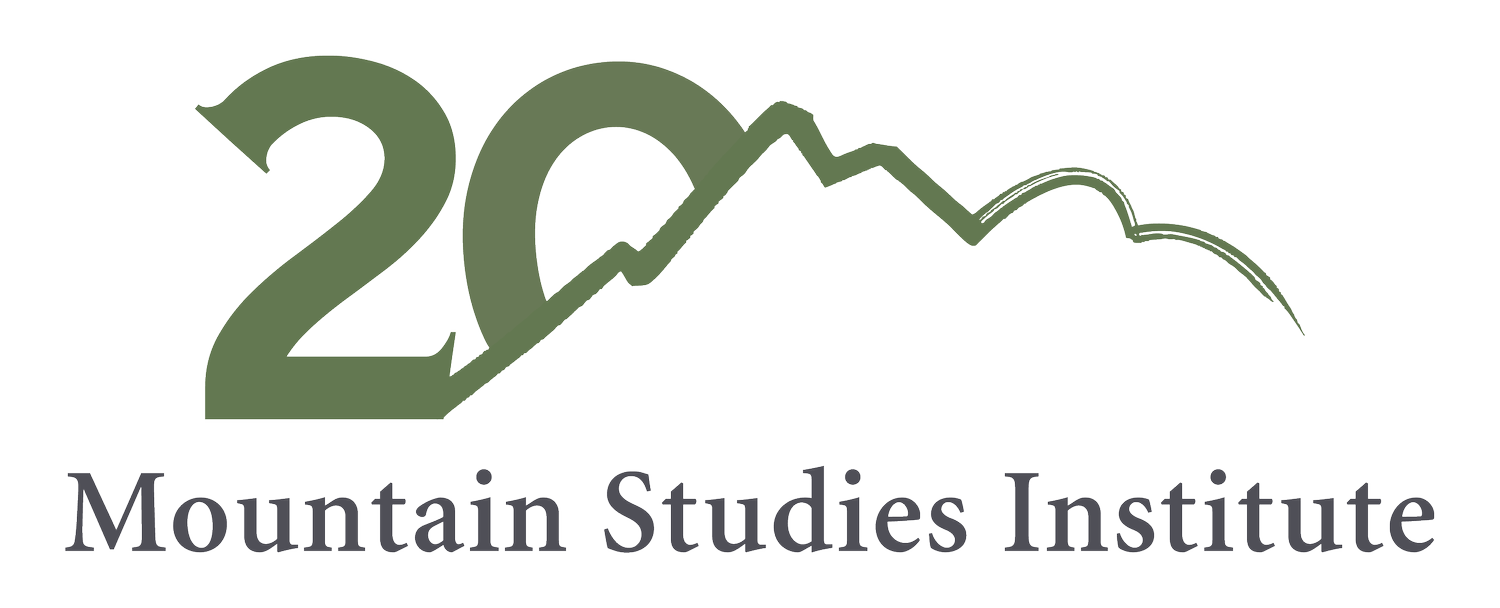The Wolf Creek Pass area is a unique environment that has been formed by abundant precipitation, high elevation, and steep mountain slopes. These characteristics have formed extensive wetland areas. A private land owner has proposed to build a large development in this area.
The hydrology of the Pass Creek Watershed, located adjacent to the Wolf Creek Ski Area, was investigated to better understand the environmental impacts of future large-scale development of this watershed.
Project Leader: Mark Williams (University of Colorado)
Administered by the Mountain Studies Institute
Preliminary Results
Synoptic surface water samples were collected on public lands and/or access roads towards the end of snowmelt in June 2006, and analyzed for stable water isotopes, tritium and major solutes (Figure 2). Sample sites included wetlands, springs, and surface waters. High average ANC values of 280 µeq L-1 and average silica of 370 µmoles L-1 suggest water bodies were dominated by groundwater (Table 2). A range of tritium values from 6-8 TU suggest a residence time of 1-5 years (Table 1). δ18O values of around -14‰ suggest recharge primarily by snowmelt.
These results suggest that the source of water for wetlands and springs in the area of the Alberta basin is groundwater rather than new snowmelt runoff. Recharge appears to be snowmelt upgradient of the wetlands complex. Residence time appears to be on the order of 1-5 years. Construction of impervious areas of about 50% in the development area, along with removal of snow for road access and other activities, will likely result in a severe reduction in infiltration. The decrease in infiltration may result in a reduction in groundwater recharge that feeds the wetlands complex.
Therefore there is reason to believe that development up-gradient of the wetlands could have down-gradient impacts by affecting the hydrologic and ecological processes supporting these wetlands. Development may:
- Reduce infiltration through the addition of impervious surfaces: (a) roads, (b) driveways, (c) buildings
- Disrupt ground water flow paths that support the wetlands through (a) construction of basements, (b) burying utilities to depths of 10’ or greater, (c) road cuts
- Drainage systems installed to divert water away from roads and buildings




